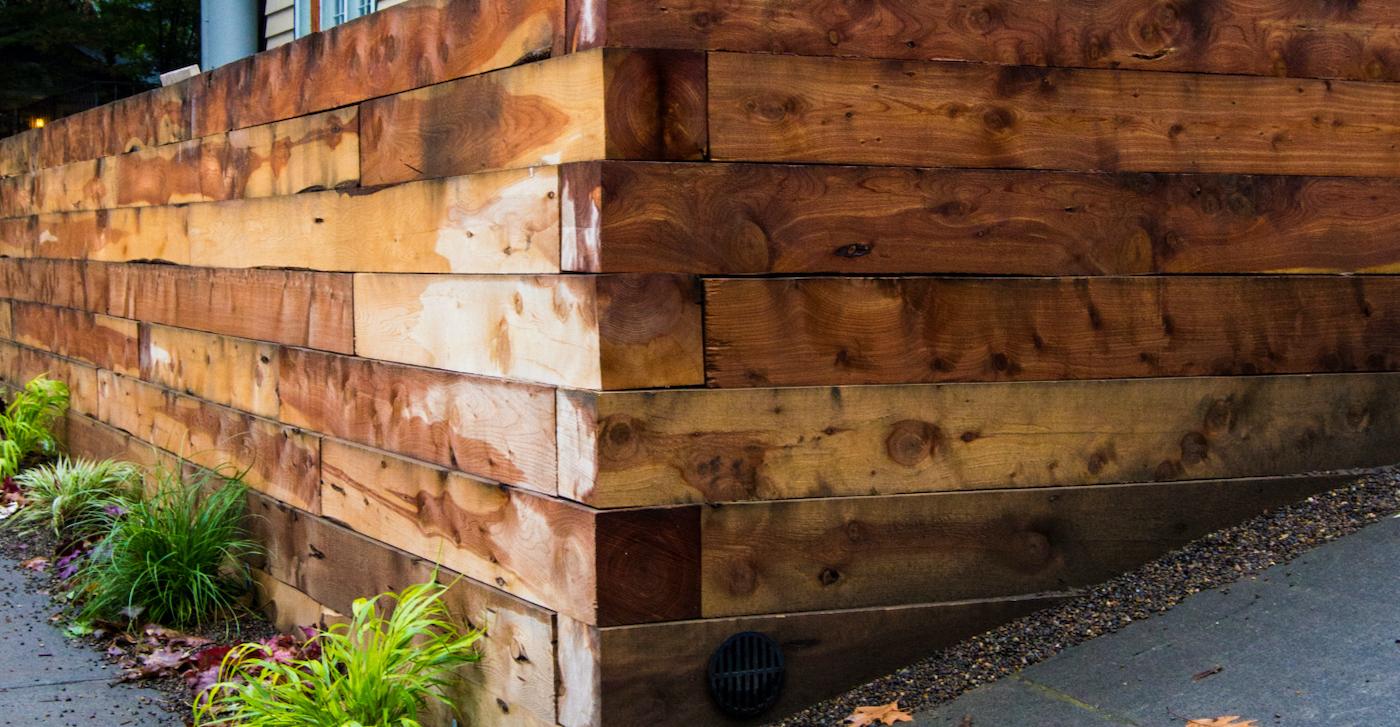Have you ever thought about giving your property an aesthetic boost while also adding functionality? One way to do that is by building a retaining wall. These landscape features are more than just practical; they can bring an appealing visual element to your outdoors. But let's be real – erecting a retaining wall isn't a walk in the park. It needs thoughtful planning, the right materials, and a decent understanding of the lay of your land. So, if you're considering a retaining wall for your property, and are planning on building the entire thing by yourself, here's the lowdown on what you need to remember.
Define the Role of Your Retaining Wall
Before drawing up plans, you must pinpoint precisely what you want your retaining wall to do. Will it be a knight in shining armour, saving your property from downhill erosion, or a handy tool to carve out a flat space for a herb garden or a chill-out zone? You may be keen to jazz up your landscape. Whatever your goal, understanding the 'why' behind your wall will steer its design and construction.
Familiarise Yourself with Local Regulations
Rules and regulations are a part of life, and constructing retaining walls is no different. Many areas have laws about building walls of a certain height, and you may need to score some permits or stick to specific construction guidelines. It's crucial to get the lowdown on these rules before you set to work, to avoid getting on the wrong side of the law.
Choose Your Building Blocks Wisely
Now, let's talk materials. There's a smorgasbord of options to choose from – concrete, stone, brick, and timber sleepers, to name a few. Each one brings something different to the table. Concrete and stone are the tough guys of the lot, long-lasting and low maintenance, while wood brings a touch of nature and tradition. Your final pick will hinge on your budget, your property's style, and the job your wall needs to do.
Don’t Neglect the Need for Drainage
Here's a biggie – drainage. If overlooked, poor drainage can be a retaining wall's downfall, causing water to accumulate behind the wall, leading to pressure build-up and eventual failure. Ensure your design incorporates a solid escape route for water like weep holes or drainage pipes.
Build It Strong and Leaning
Remember, a retaining wall has to be a Hercules, holding back a ton of soil. So, it needs to be strong and, for added stability, should lean slightly towards the soil it's retaining. For taller walls, think about additional reinforcements to give them the strength they need.
Call in the Cavalry if Needed
If your retaining wall project is on the larger side, it might be worthwhile to bring in the professionals. Expert landscapers and builders have the knowledge and skills to ensure your wall is built to last and complies with local rules.
Adding to this, professionals can provide valuable insights based on their extensive experience with similar projects. They can advise you on the best materials for your specific situation, recommend the most effective drainage solutions, and suggest design elements that you might not have considered. They'll also be well-versed in local regulations, ensuring your project complies with all necessary codes and ordinances.
Furthermore, experts can save you a great deal of time and effort. Building a large retaining wall is no small task. It involves not only physical labour but also the mental strain of meticulous planning and problem-solving. By hiring professionals, you can delegate these responsibilities and focus on making high-level decisions.
Remember, a retaining wall is more than just a decorative feature for your property. It's a functional structure that serves a crucial role in maintaining the integrity of your landscape. If it's not constructed correctly, it could fail, leading to soil erosion, water damage, or even property damage. The potential costs of a poorly built retaining wall far exceed the investment in professional services.
Make Use of Man and Van Services
When hauling hefty materials like stones, bricks, or bags of cement, a man and van service can be a godsend. These folks have the right vehicles and the muscle power to transport your building materials from the store to your property. It saves you the strain and risk of injury, and ensures your materials get to you safely and undamaged. Plus, it leaves you free to focus on the other aspects of your project.
Do Not Forget About Landscaping
Last but not least, remember that your retaining wall should complement your overall landscape design. Think about how it will play with the plants, trees, and other elements in your yard. You should introduce some plant life around the base of the wall to soften its look or choose materials that harmonise with your home's exterior.
Also, consider the wall's location in relation to sunlight and shadows. Will it create a new microclimate in your garden? This could affect the types of plants that will thrive near it. With some forethought, your retaining wall can do more than just hold back soil – it can become an integral part of your garden's ecosystem.
Conclusion
Building a retaining wall can be a substantial project, but with careful planning, the right materials, and a little elbow grease (or professional help), it can significantly enhance your property's functionality and aesthetic appeal. Whether you aim to thwart soil erosion, create an elevated gardening space, or simply enhance your garden's beauty, a well-constructed retaining wall can be a worthwhile investment.
Remember, don't be afraid to reach out for help when you need it. Services like man and van can ease the logistical load, and professional landscapers can provide expertise to ensure your wall is durable and beautiful. So, take a deep breath and plunge – your dream garden is within reach.

